Planet Facts That Made Us Say Wow
Categories: Photo project | Science | Space | World
By Vika https://pictolic.com/article/planet-facts-that-made-us-say-wow.htmlIt's easy to forget that the Earth has neighbors. They usually keep themselves apart and do not seem to receive visitors. And yet, we have all revolved around one sun for billions of years; we have at least so much in common.
Learning some of the facts about the planets can pique your curiosity about Earth's large family. You probably know that Jupiter is the largest planet in our solar system, that Saturn has rings, and that Pluto is demoted from planet to "dwarf planet." But did you know that Jupiter's Great Red Spot is very loud? That there is a giant hexagon at the north pole of Saturn? Or that there is a dwarf planet in our solar system that is much closer to us than Pluto?
The facts below include both our closest neighbors and some incredible worlds far beyond our solar system.
6 PHOTOS
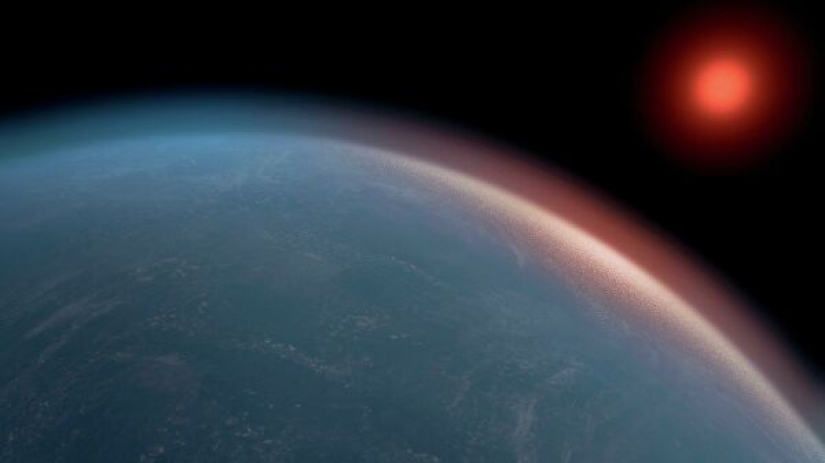
1. Scientists have identified 24 "super-habitable" planets that may be more favorable for life than Earth.
Of course, there is a direct difference between a “habitable” planet and an optimal one for carbon-based life forms. With this in mind, scientists have discovered 24 planets that are older, larger, warmer, and possibly even wetter than Earth - all criteria that would make them more life-friendly than our own. Some even surround stars that will outlive the Sun by tens of billions of years.
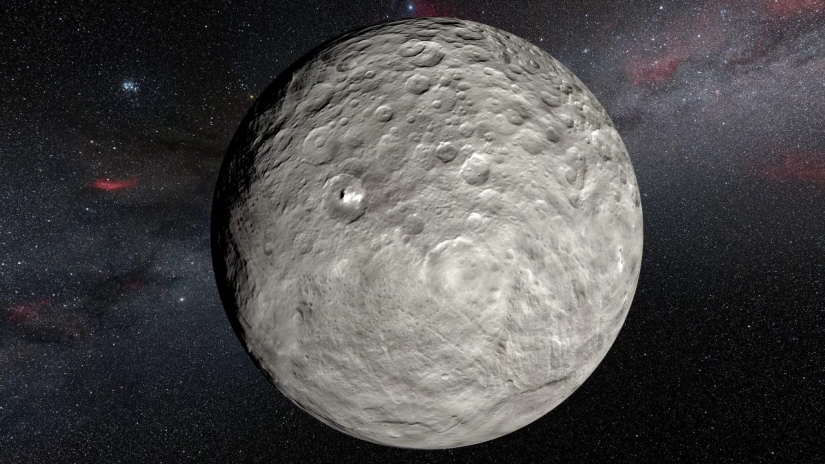
2. The dwarf planet Ceres is located between Mars and Jupiter.
Ceres, like Pluto, is a dwarf planet and also the largest object in the asteroid belt. Located between Mars and Jupiter, it is about 1/13 the size of the Earth, and it takes about 4.6 Earth years to complete a revolution around the Sun.

3. At the North Pole of Saturn there is a hexagon 30,000 km wide.
The Hexagon of Saturn, discovered in 1988, is a structure of clouds that extend approximately 30,000 km wide and 100 km downward.
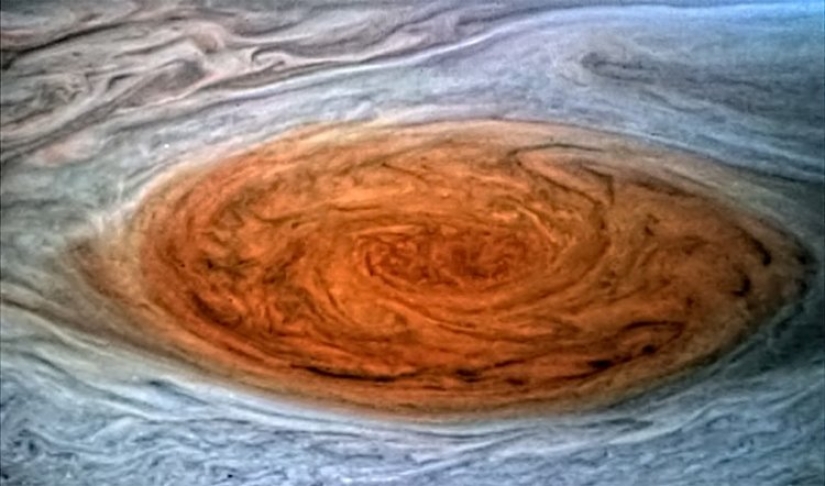
4. Jupiter's great red spot is so loud that it heats the planet's atmosphere.
The Great Red Spot is a massive, centuries-old storm 1.3 times the size of Earth, where average temperatures are more than twice that of the rest of Jupiter's atmosphere. The researchers believe that the extreme turbulence of the Great Red Spot generates both acoustic and gravitational waves that release energy upon collision.
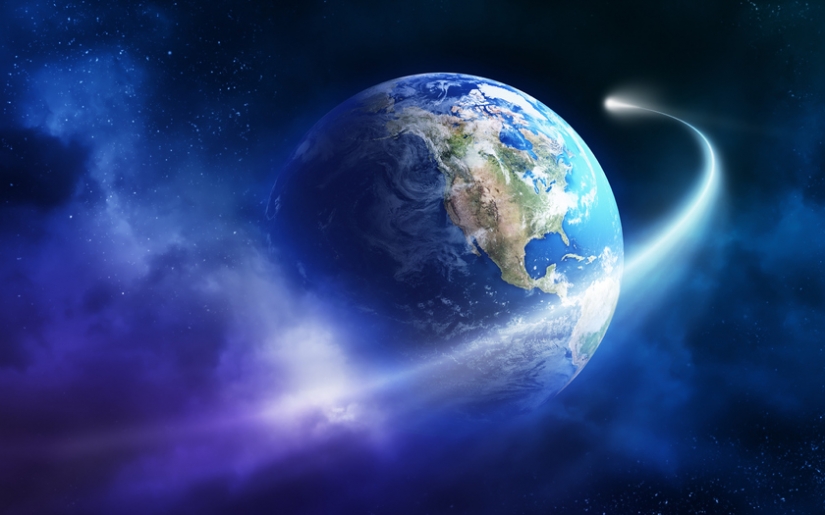
5. Earth is the only planet in the solar system not named after God.
Mercury, Venus, Mars, Jupiter, Saturn, Neptune, and yes, poor dwarf Pluto are all named after Roman gods. Uranus is named after a Greek god. However, the word "Earth" comes from the German "ertha" and the English "erde", which means "land".
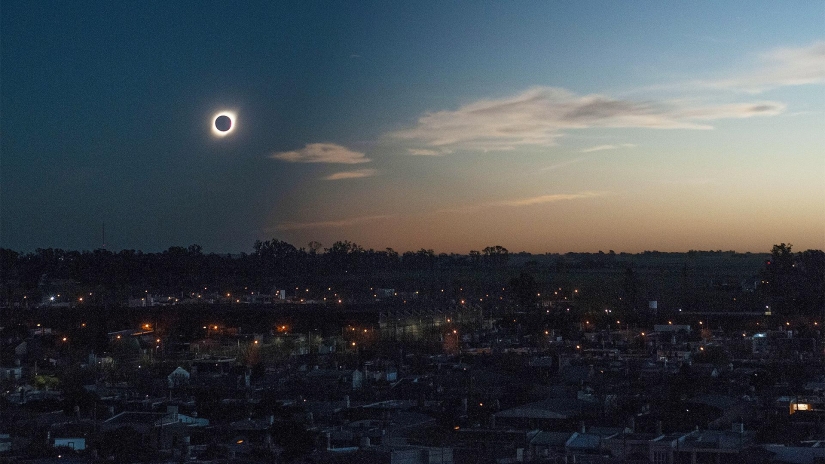
6. Total solar eclipses on Earth are due to cosmic coincidence.
A total solar eclipse is when the moon is in the correct position to obscure the sun in the sky; this happens about twice every three years. In fact, it's an incredible coincidence that they happen at all, given the huge difference in size between the moon and the sun.
Keywords: Planets | Earth | Galaxy | Space | Interesting facts | Sun | Moon | Solar system | Saturn
Post News ArticleRecent articles

What entrepreneurs do not do to attract tourists. Hotels made of ice and snow, located under water and on the tops of trees, are no ...

It's hard to imagine but there were times in Russia when people knew nothing about seeds. After all, once they are simply not ...
Related articles

These incredible pictures to remind us what an amazing world we live in. You may feel that you no longer be a surprise and you have ...

After one of the main exciting adventures throughout his life — dip the bottom of the Mariana trench, the Director James Cameron ...

In this collection you will find interesting satellite images obtained with the help of the service "Google Earth". --> See also: ...

Sometimes one photo can make you reconsider your usual picture of the world. This selection contains unique and unexpected shots: a ...